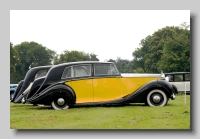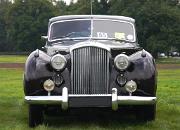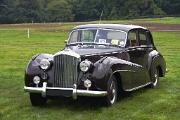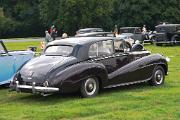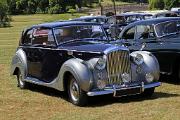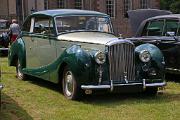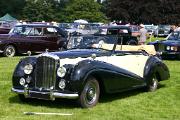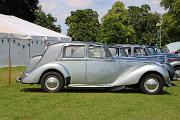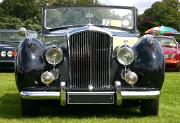
ac Bentley MkVI 1951 head DHC
Bentley MkVI 1951 Park Ward DHC. For 1951 the 6-cylinder engine was enlarged to 4566cc and the car was sometimes known as the '4½litre'
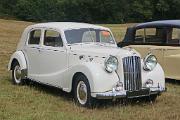
Austin A125 Sheerline frontw
Austin A125 Sheerline. Leonard Lord's Austin Bentley!
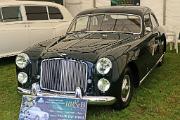
Bentley Mk VI 1948 Cresta
Bentley Mk VI 1948 Cresta. Commissioned by Frenchman Jean Daninos, and designed by Pininfarina, the Cresta was exhibited at the 1948 Paris Salon and the 1949 Geneva Salon. Around 17 orders were built by Facel-Metallon which is inspired by this project and goes onto found Facel Vega
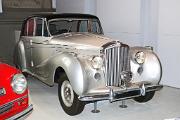
Bentley MkVI 1948 VDP 4-door
Bentley MkVI 1948 VDP 4-door, with rare Vanden Plas 4-door coachwork
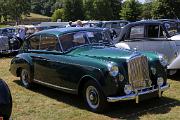
Bentley MkVI 1949 HJM front
Bentley MkVI 1949 HJM, powered by 4,257 cc six cylinder engine, and one of only 830 coachbuilt cars (out 4000 MkVI 4.25)
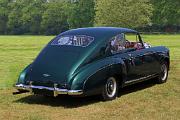
Bentley MkVI 1949 HJM rear
Bentley MkVI 1949 HJM, with 2-door saloon coachwork by HJ Mulliner
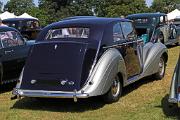
Bentley MkVI 1949 JY Coupe rear
Bentley MkVI 1949 JY Coupe, Coachwork is a 2-door coupe by James Young
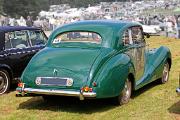
Bentley MkVI 1949 JY rear
Bentley MkVI 1949 JY, with James Young C10AM 2-door coupe coachwork
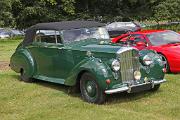
Bentley MkVI 1949 Park Ward DHC front
Bentley MkVI 1949 Park Ward DHC. Powered by 4,257cc Rolls-Royce 6-cylinder engine
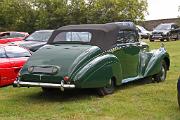
Bentley MkVI 1949 Park Ward DHC rear
Bentley MkVI 1949 Park Ward DHC. With coachwork by Park Ward .
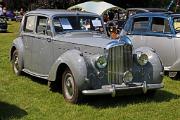
Bentley MkVI 1949 SS Saloon front
Bentley MkVI 1949 SS Saloon. Launched in 1946 with a 4,257cc inline six, later upgraded to 4.566cc for 1951
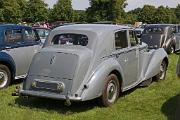
Bentley MkVI 1949 SS Saloon rear
Bentley MkVI 1949 SS Saloon. The main difference between the MkIV and the R-type is in the small flat bootlid on the MkVI
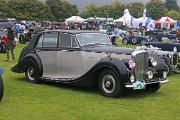
Bentley MkVI 1950 FW Saloon front
Bentley MkVI 1950 FW Saloon, with Freestone & Webb coachwork. Powered by six cylinder 4,257cc engine
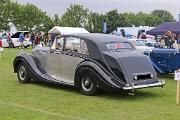
Bentley MkVI 1950 FW Saloon rear
Bentley MkVI 1950 FW Saloon, with Freestone and Webb
coachwork. 4000 Bentley MkVI 4.25 were sold, 832 were coachbuilt.
coachwork. 4000 Bentley MkVI 4.25 were sold, 832 were coachbuilt.
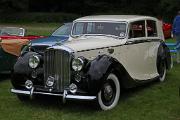
Bentley MkVI 1950 Hooper Razor Edge
Bentley MkVI 1950 Hooper Razor Edge. Most MkVI had Standard Steel bodies, but around 20 per cent had coachbuilt bodies like this Hooper bodied car. The engine is an F-head 4,257cc straight six
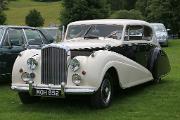
Bentley MkVI 1950 PW Sports front
Bentley MkVI 1950 PW, with special sports coupe coachwork by Park Ward
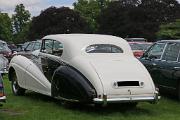
Bentley MkVI 1950 PW Sports rear
Bentley MkVI 1950 PW, with special sports coupe coachwork by Park Ward
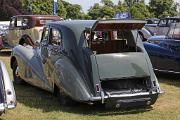
Bentley MkVI 1950 Radford Countryman II rearo
Bentley MkVI 1950 Radford Countryman II. A Hatchback Bentley, modified by Harold Radford for picnics, etc. 9 cars built.
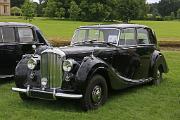
Bentley MkVI 1951 HJM 4-door saloon front
Bentley MkVI 1951 HJM. Chassis No: B322MD, coachbuilder HJ Mulliner,
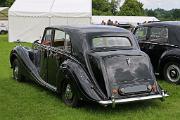
Bentley MkVI 1951 HJM 4-door saloon rear
Bentley MkVI 1951 HJM. Chassis No: B322MD, coachbuilder HJ Mulliner,
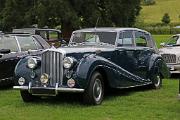
Bentley MkVI 1953 FW Saloon
Bentley MkVI 1953 FW Saloon, coachwork by Freestone and Webb
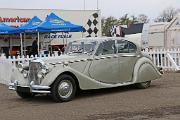
Jaguar MkV 1949 3-5litre front
Jaguar MkV 1949 3-5litre
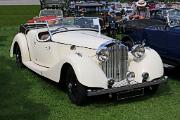
Jensen S-Type 1939 Tourer front
Jensen S-type 1939 Tourer. The first Jensen to carry a Jensen radiator grille. Powered by 3,622cc Flathead Ford V8 engine which was tuned by Jensen
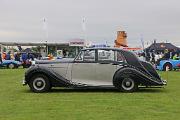
s Bentley MkVI 1950 FW Saloon side
Bentley MkVI 1950 FW Saloon, with Freestone & Webb coachwork. The MkVI was built on a 120-inch chassis and only 20per cent had coachbuilt bodies.

s Bentley MkVI 1950 SS side
Bentley MkVI 1950 SS. The Standard Steel Saloon coachwork first given to the MkVI and later the Rolls-Royce Silver Dawn sibling. Both were built on a 120-inch wheelbase
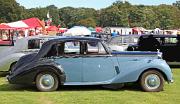
s Bentley R-type 1954 side
Bentley R-Type standard steel saloon body developed by Colin Blatchley from the small-booted MkVI
All images and content of this site is the copyright of Simon GP Geoghegan
